Rothwell bone crypt: Skulls dated from 1250 to 1900
- Published
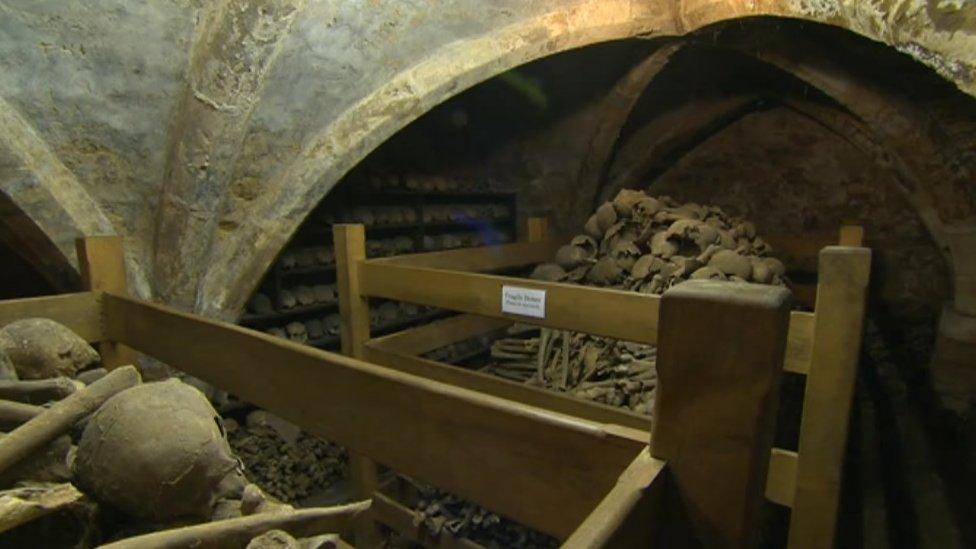
The remains of 2,500 men, women and children are housed at Holy Trinity Church in Rothwell, Northamptonshire
Skulls and bones stored under a church date from 1250 to as recently as 1900, tests have revealed.
Holy Trinity Church in Rothwell, Northamptonshire - home to one of only two 13th Century crypts in the UK - contains the remains of 2,500 people.
Radio carbon dating found some skulls were older than first thought.
But scientists from the University of Sheffield, who "assumed the ossuary was a medieval thing", were also surprised to find bones from the last century.
"It seems people continued to put skulls and bones down here, not only into the post-medieval period but even as late as around 1900," Dr Lizzie Craig-Atkins said.
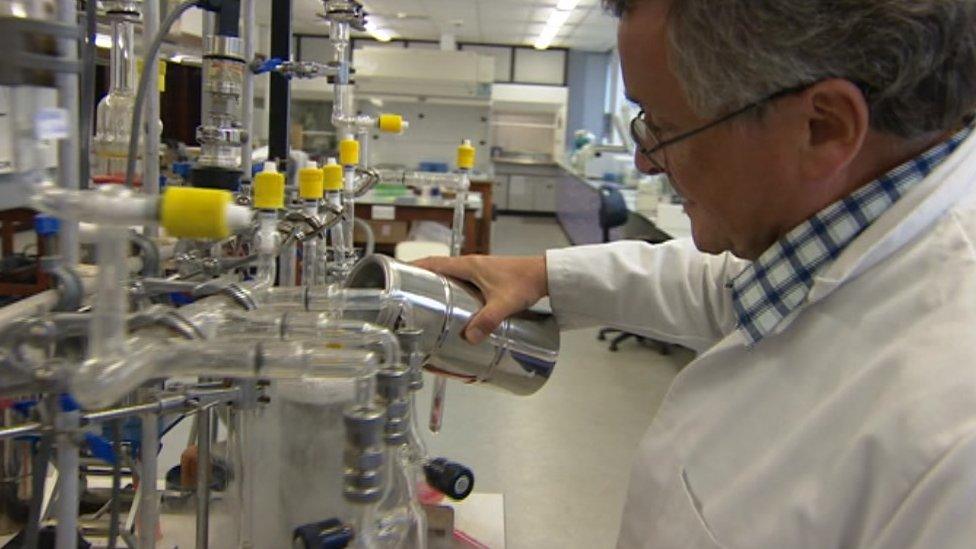
Radio carbon dating on the bone samples was carried out at Queen's University in Belfast
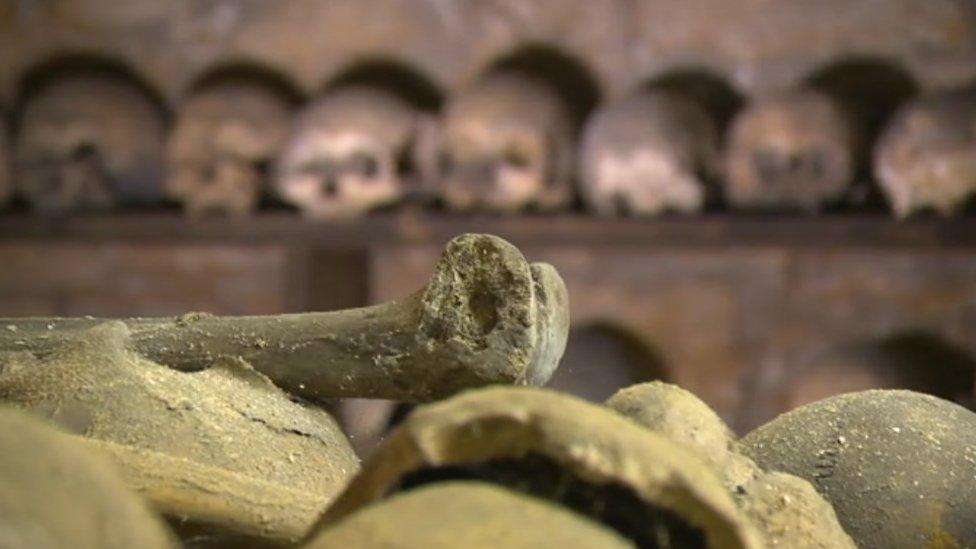
Scientists are able to establish the age of bones by measuring the levels of radio carbon
The Holy Trinity crypt is just one of two 13th Century sites in the UK, with the other being at St Leonard's in Hythe, Kent.
Testing on five skull samples was carried out by scientists at the University of Sheffield, using facilities based at the Queen's University in Belfast.
The process, which took weeks to complete, involved the bone samples being crushed, chemically separated and freeze dried before graphite was extracted.
Professor Paula Reimer, from the University of Belfast, said: "We know what the rate of change of the amount of radio carbon is, so we measure what is still in the sample and from that we can calculate how long it has been since death."
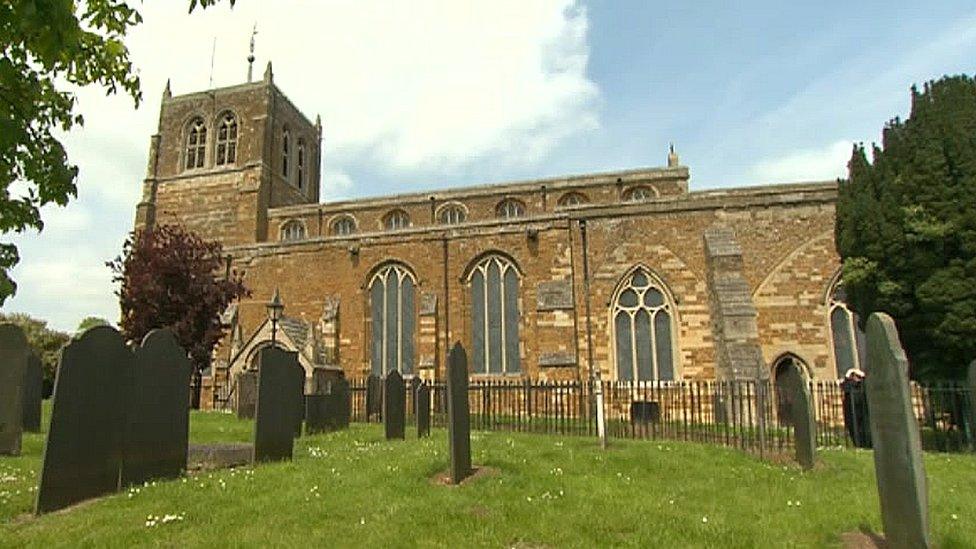
The crypt is at Holy Trinity Church in Rothwell
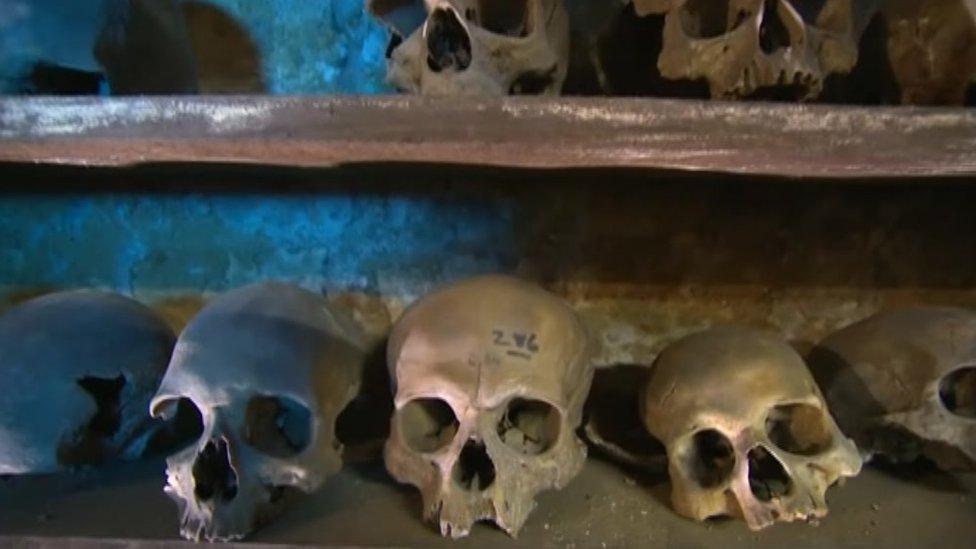
The crypt would have been visited by friends and family of the deceased, experts said
Dr Crangle said the bones, which legend said belonged to soldiers or plague victims, would actually have been the remains of local people placed in the crypt by their families.
"They were deliberately built so people could be prayed for. They were built to protect the dead, and were built to be visited," she said.
Researchers now plan to gather further samples to gather a fuller picture of when bodies found in the crypt were laid to rest.
- Published9 August 2013
